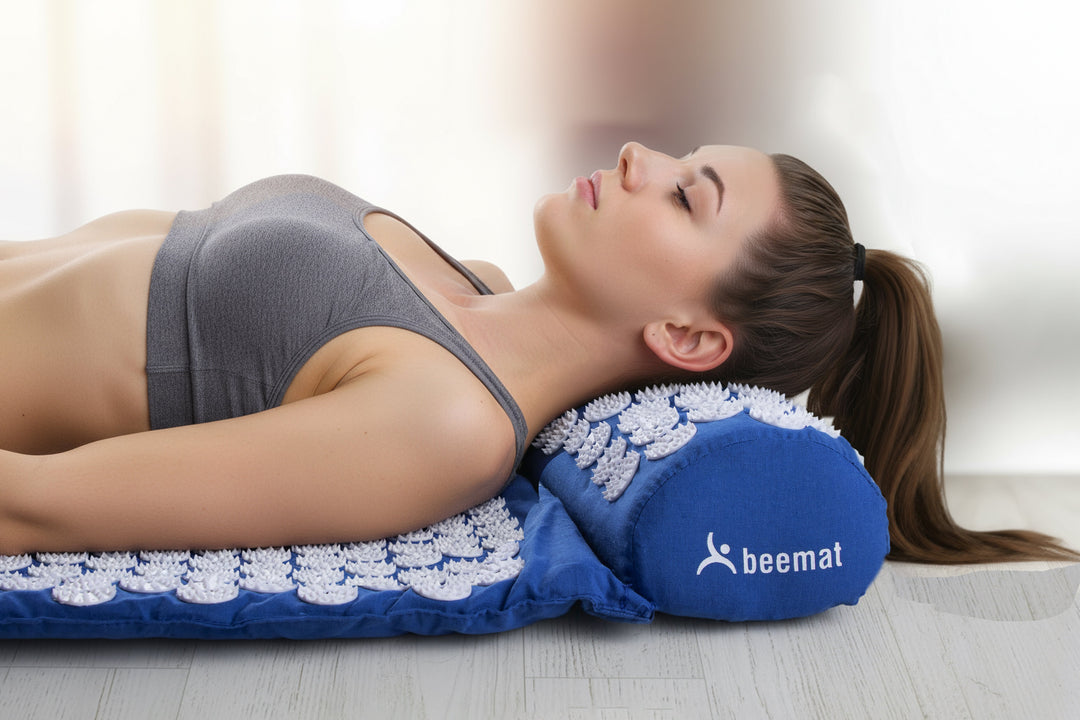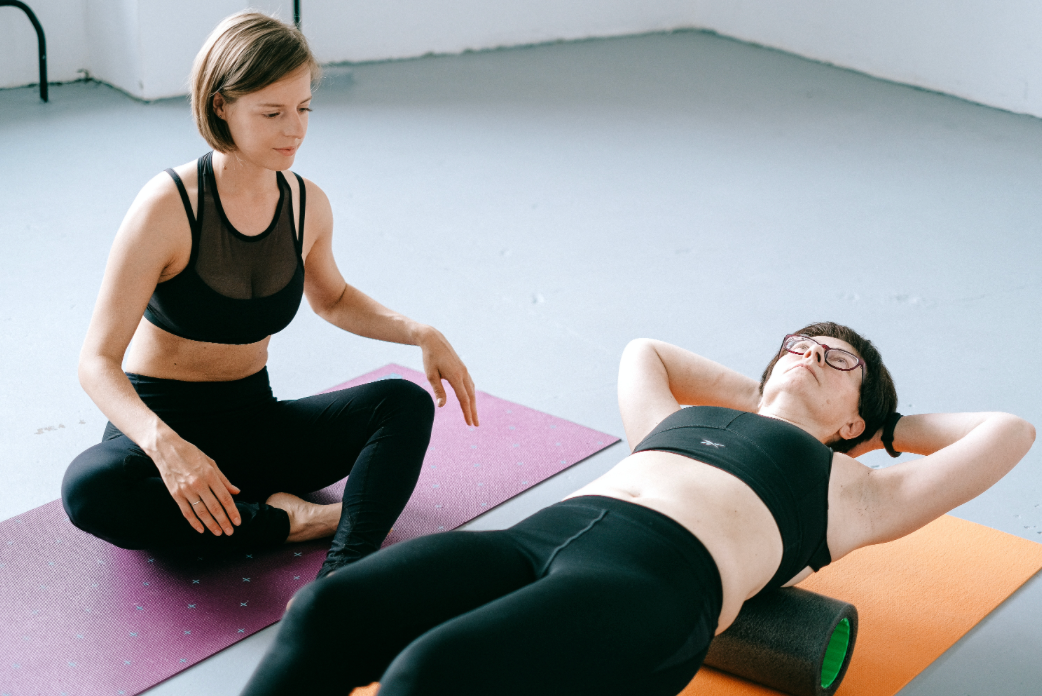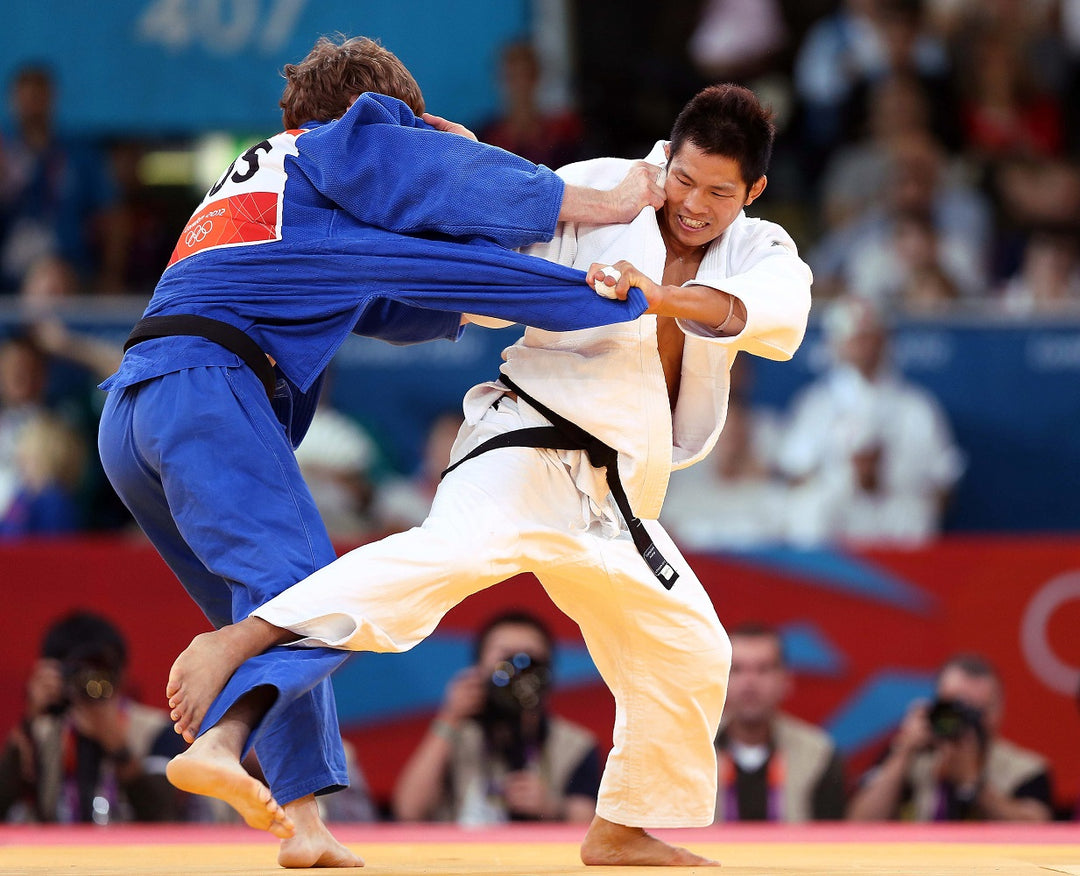5 Top Bouldering Essentials
Bouldering, a form of rock climbing, is both a physical challenge and a mental puzzle. It involves climbing on small rock formations or artificial rock walls, typically up to 20 feet high, without the use of ropes or harnesses. The only equipment usually used in bouldering are climbing shoes to provide better grip, bouldering mats or crash pads for safety, and chalk to keep climber's hands dry.
While bouldering might seem like a simple sport at first glance, it requires a combination of strength, technique, balance, and problem-solving skills. Each climb, or 'problem', presents a unique challenge that climbers must solve using their bodies and minds in harmony.
Just like any other sport, having the right equipment in bouldering is crucial. Not only does it enhance your performance, but it also ensures your safety. High-quality bouldering essentials such as a durable crash pad and comfortable climbing shoes can make a significant difference in your bouldering experience. They can provide the necessary protection, improve your climbing technique, and even help prevent injuries.
1 Bouldering Crash Pads
Bouldering mats, also known as crash pads, play a vital role in the safety and success of your bouldering adventures. These mats serve as a protective layer between you and the ground, cushioning your falls and preventing injuries. While climbing without a rope might sound risky, bouldering mats are designed to make the sport as safe as possible.
The importance of bouldering mats cannot be overstated. They provide the peace of mind necessary for climbers to push their limits and try more challenging climbs. Without the assurance of a safe landing, climbers might hold back due to fear of injury. Hence, a good bouldering mat is essential to help climbers perform their best while ensuring safety.
When choosing a bouldering mat, you need to consider several factors. The size, thickness, durability, ease of transport, and the type of foam used are all crucial elements that can affect your climbing experience. Your choice of a mat could be the difference between a minor stumble and a serious injury.
At Beemat our Bouldering Crash Pad Mat has been thoughtfully designed with climber-friendly features. The padded shoulder straps with a waist belt and carry handles make it easy to transport, while the hinge-style folding with a taper cut helps avoid ankle twisting during falls. Investing in a high-quality bouldering mat like the Beemat Caley Bouldering Crash Pad Mat is a smart move for any boulderer. Not only does it provide the necessary protection, but it also enhances your overall climbing experience.
2 Climbing Shoes
Climbing shoes are a crucial piece of equipment in bouldering. Unlike your typical sports shoes, climbing shoes are specially designed to aid climbers in their ascent. They typically feature a snug fit and a sticky rubber sole that grips onto the rock or climbing wall. The design of climbing shoes varies, with some having pointed toes for precision in small footholds, and others having flatter soles for comfort during longer climbs.
The importance of climbing shoes in bouldering can't be overstated. They provide the necessary traction and support for your feet as you navigate through different holds and angles. Without the right pair of shoes, maintaining a solid foot placement would be significantly more challenging, making it harder to complete a climb and increasing the risk of falling.
When it comes to choosing the right pair of climbing shoes, there are several factors to consider:
-
Fit: Climbing shoes should fit snugly but not so tight that they cause pain. Remember, your feet will swell slightly during a climb, so take this into account when trying on shoes.
-
Type of Climbing: Different shoes are suited to different types of climbing. Aggressive, downturned shoes are ideal for overhanging climbs, while flatter shoes are better for slab climbing or long multi-pitch routes.
-
Material: Climbing shoes are typically made from leather or synthetic materials. Leather shoes tend to stretch more, molding to your feet over time, while synthetic shoes retain their original shape.
-
Closure System: Climbing shoes come with lace-up, Velcro, or slip-on closures. Lace-ups offer the most precise fit, Velcro shoes are easy to put on and take off, and slip-ons provide a sensitive feel for the rock.
3 Chalk and Chalk Bag
Chalk is an integral part of the bouldering gear setup, serving a specific and essential purpose. The primary function of chalk in bouldering is to absorb sweat from your hands, thereby improving your grip on the holds. When you're clinging to a challenging hold or making a dynamic move, having dry hands can make all the difference between sticking the move and slipping off.
That's where the chalk bag comes into play. A chalk bag is a small pouch that conveniently stores your chalk. It's typically worn around the waist or attached to your harness, allowing for quick and easy access to your chalk when you need it. This ensures that you can reapply chalk mid-climb without having to descend or let go of your position.
Choosing the right chalk and chalk bag is an important decision. When it comes to chalk, you'll find options ranging from loose chalk to chalk balls, and even liquid chalk. Loose chalk is great for a generous coating, chalk balls reduce mess and waste, and liquid chalk provides a long-lasting base layer. Your choice will depend on your personal preference and the specific rules of your climbing gym, as some places have restrictions on loose chalk due to dust concerns.
As for chalk bags, look for one that matches your needs and style. Consider factors like the bag's size (it should be large enough to fit your hand comfortably), closure system (to prevent chalk from spilling out), and whether it has pockets for storing other small items. Our Beemat chalk bag is perfect for rock climbing, bouldering, and lifting with a chinch cord to close the mouth ensuring no spillage.
4 Harness
While harnesses are typically associated with roped climbing activities, their role in bouldering is somewhat different. In traditional bouldering, especially indoors, harnesses are generally not used as climbers stay closer to the ground and use crash pads for safety. However, in highball bouldering (outdoor bouldering routes that are particularly high), a harness may be used for added protection.
When it comes to selecting a harness for bouldering, there are certain features you should consider:
-
Fit and Comfort: A good harness should fit snugly but comfortably around your waist and thighs. It shouldn't restrict your movement, and you should be able to wear it for extended periods without discomfort. Many harnesses offer adjustable leg loops and waist belts for a customized fit.
-
Weight and Compactness: For bouldering, a lightweight and compact harness can be beneficial. It won't weigh you down while you're climbing and it's easy to pack in your bag when not in use.
-
Gear Loops: If you're highball bouldering and might need to clip in gear or a rope, look for a harness with gear loops. The number and placement of these loops can vary, so choose a design that suits your needs.
-
Durability: Given the demanding nature of bouldering, a good harness should be durable and robust, capable of withstanding rough surfaces and repeated use.
-
Safety Features: Some harnesses include features like a belay loop for attaching a belay device or a haul loop for trailing a rope. While these features are not typically used in most bouldering scenarios, they can be helpful in highball bouldering.
5 Skin Repair Cream
Bouldering is a rigorous activity that often leaves your hands bearing the brunt of the challenge. Repeated friction against rough surfaces can cause cuts, abrasions, and general wear and tear on your skin. That's where skin repair creams come to the rescue. They are specially formulated to accelerate the healing process of these wounds, mitigating any discomfort or pain. Moreover, they aid in maintaining the overall health of your skin by providing essential hydration and nourishment. This ensures your hands remain tough and resilient, ready to tackle the next climb. By incorporating a skin repair cream into your post-climbing routine, you help create a proactive barrier against potential skin damage, ultimately enhancing your performance and comfort in bouldering. It's not just a luxury, but a necessity for every climber who values their skin's well-being and climbing efficiency.
Overall, bouldering is a thrilling yet demanding sport that requires not just skill and strength, but also the right equipment. From a reliable chalk bag to keep your hands dry and enhance grip, to a comfortable and durable harness for highball bouldering, each piece of equipment plays a critical role in your climbing experience. Don't forget the importance of skin repair cream, essential for keeping your hands in top condition and ready for the next climb.
We invite you to browse through our Beemat bouldering equipment and find the perfect gear to elevate your bouldering experience. With Beemat, you're not just purchasing equipment; you're investing in safety, performance, and the ultimate climbing adventure







